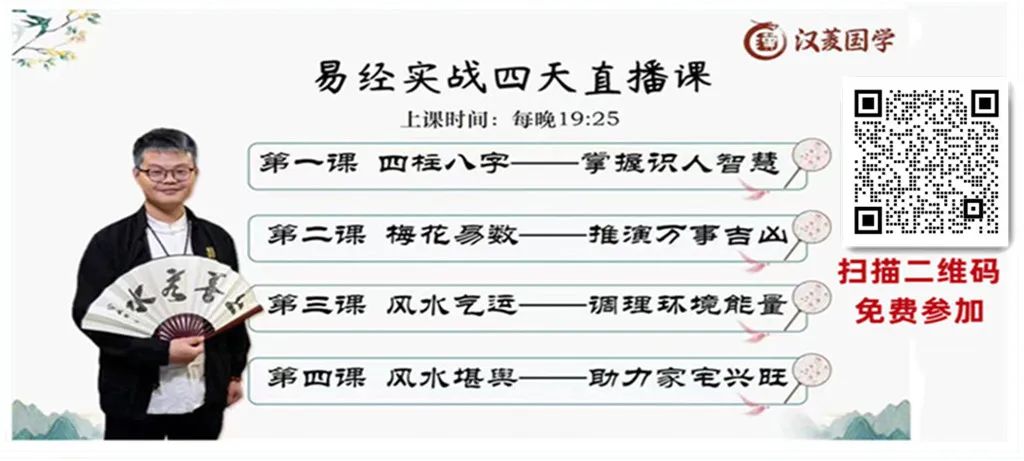
Facial diagnosis is a part of the essence of Traditional Chinese Medicine (TCM) theory developed over thousands of years. It is one of the four diagnostic methods in TCM: observation, listening, inquiry, and palpation. A healthy person’s face should be clean, with a rosy and lustrous complexion. Newborns typically have clean faces; however, as time passes and various factors such as air, water, food additives, environmental pollution, genetic changes, and mental stress affect health, symptoms may gradually appear on the face. There are many versions of facial diagnosis, leading to confusion about which version is correct. Today, the 77 Health Life platform presents the most authoritative and accurate version, so you no longer need to search around; just save this one.

★Diagnosis through Facial Color
1. Yellow: Indicates potential issues with the Pi Wei (Spleen and Stomach) and digestive system;
2. White: Indicates potential issues with the Fei (Lungs) and respiratory system;
3. Red: Indicates potential issues with the Xin Nao (Heart and Brain) and cardiovascular system;
4. Green: Indicates potential issues with the Gan Dan (Liver and Gallbladder) and immune system;
5. Black: Indicates potential issues with the Shen (Kidneys) and bladder system.
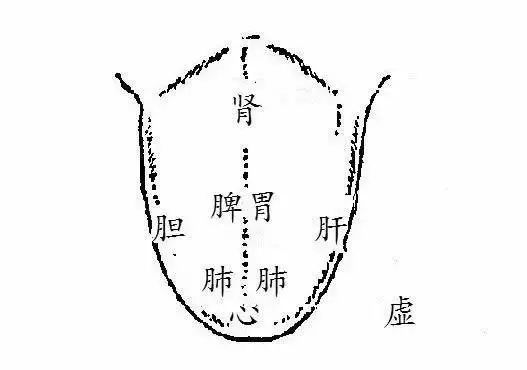
★Diagnosis through Tongue Observation
The tongue of a healthy person is pink. If a person is unhealthy, it can be observed from the tongue.
1. A thick coating on the tongue indicates poor Pi Wei (Spleen and Stomach) function;
2. A bluish root of the tongue indicates poor Shen (Kidney) function;
3. Imprints on the sides of the tongue indicate poor Gan (Liver) function;
4. A pale tongue indicates poor Xin (Heart) function, which may suggest insufficient blood supply to the myocardium and poor blood circulation, possibly leading to anemia;
5. A dark purple tip of the tongue indicates excessive Xin Huo (Heart Fire), suggesting blood stasis and thick blood;
6. Numerous small red spots on the tip of the tongue may indicate myocarditis;
7. A blunt tip of the tongue with a deep groove in the middle may indicate diabetes.
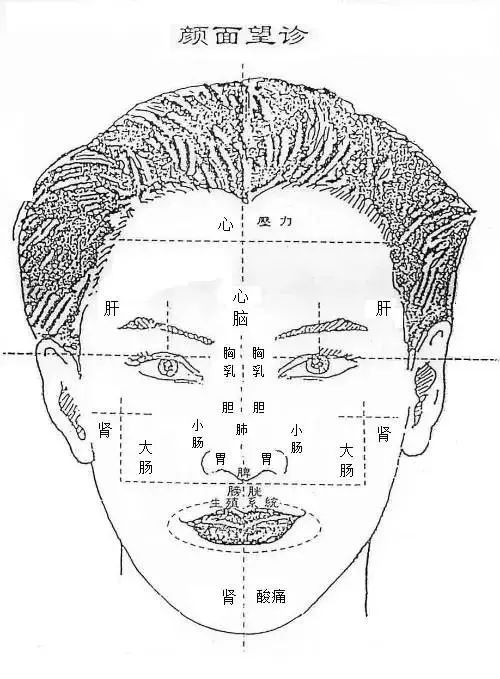
Facial Diagnosis is Divided into Eight Major Parts
“Heart, Lung, Liver, Kidney, Spleen, Small Intestine, Large Intestine, Reproductive”
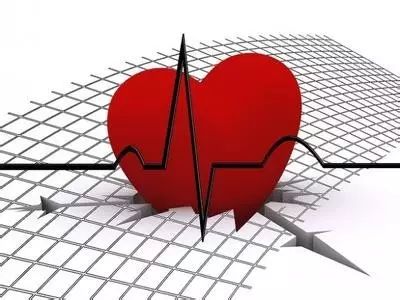
◎ Heart
Reflex Area (1): On the forehead from 1/3 to the hairline (the hairline circle)
1. The appearance of acne in this area, or a color difference from the forehead, indicates significant psychological stress;
2. The presence of spots indicates heart disease (e.g., myocardial weakness);
3. Moles or birthmarks in this area indicate congenital heart function deficiency.
Reflex Area (2): On the bridge of the nose between the corners of the eyes
4. The appearance of horizontal lines or prominent horizontal lines indicates arrhythmia or poor heart condition;
5. If the horizontal lines are deep and there are also deep vertical lines (grooves) on the tongue, it may indicate severe heart disease;
6. A person with heart issues may have a face full of red blood vessels, resembling many small insects crawling on the face, indicating poor blood circulation.
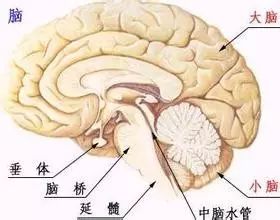
◎ Brain
Reflex Area: Between the two eyebrows
1. The appearance of deep vertical lines and redness in this area indicates insufficient blood supply to the heart and brain, headaches, neurasthenia, vivid dreams, poor sleep, palpitations, and irritability;
2. If this area is red and shiny, it generally indicates high blood pressure.
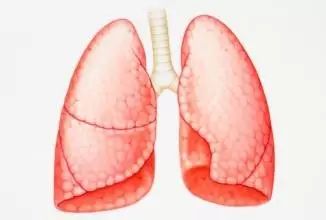
◎ Lung
Reflex Area: Between the two eyebrows and below the forehead, specifically at the Yintang point
1. If the Yintang area is red, it indicates recent upper respiratory infections;
2. If the Yintang area is dark or black, it may indicate pathological changes, and a hospital check-up is advised;
3. If the middle of the forehead is sunken and the color is dull, bluish, or spotted, it indicates lung disease and difficulty in breathing;
4. The presence of acne indicates recent colds or sore throats;
5. If there are moles or spots on the eyebrows, it indicates pharyngitis, tonsillitis, or lung disease;
6. A bulge above the eyebrows also indicates lung disease.

◎ Liver
Reflex Area: The triangular area from the middle of the eyebrows to the tail of the eyebrows, and the middle section of the bridge of the nose
1. If these areas are dark or spotted, it may indicate fatty liver;
2. If there are acne in these areas, it indicates excessive liver fire;
3. If there are spots at the temples, it indicates weakened liver function;
4. If there are spots in the middle section of the bridge of the nose, it may indicate excessive liver fire, emotional instability, or menopause;
5. If both areas have obvious spots and the complexion is dull and unattractive, it may indicate hepatitis or cirrhosis;
6. A mole in the center of the eyebrows and yellowing of the sclera indicates hepatitis B;
7. Soft, thin, dull nails with vertical lines that are prone to breakage indicate poor liver function;
8. A face full of freckles may indicate congenital liver function deficiency.
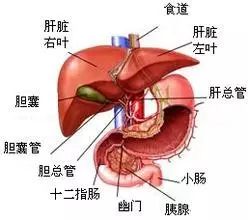
◎ Gallbladder
Reflex Area: On both sides of the middle section of the bridge of the nose
1. If this area has red blood vessels, acne, or a bitter taste in the mouth upon waking, it indicates mild inflammation of the gallbladder;2. If there are spots or shadows, it may indicate cholecystitis;
3. If there are vertical lines or wrinkles when smiling, it indicates gallbladder issues;
4. If there are moles or birthmarks in this area, it indicates congenital gallbladder function deficiency;
5. If you place your right hand under the right rib (where the gallbladder is located) and hit it with a clenched left fist, if it hurts, it indicates cholecystitis;
6. If the pain is severe, it may indicate gallstones. People with gallbladder issues may be overweight;
7. A pair of obvious spots or moles under the eyes in the gallbladder area indicates gallstones. Dark circles under the eyes also indicate poor gallbladder function.

◎ Kidney
Reflex Area: The area where a vertical line from the outer corner of the eye intersects with a vertical line from the middle of the ear down to the chin
1. If there are bumps or dark spots in this area, it indicates poor kidney function;
2. If this area has red blood vessels, acne, or spots, it indicates kidney deficiency, often accompanied by laziness and soreness in the lower back and legs;
3. If there are deep and large spots in this area, it may indicate kidney stones. If there are recent black moles or bumps on the ears, it may indicate kidney stones;
4. If there are moles or bumps in this area, it indicates congenital kidney function deficiency, often accompanied by soreness in the lower back and legs;
5. Deep crow’s feet at the corners of the eyes and vertical lines near the ears indicate declining kidney function;
6. The chin is the area of kidney soreness. If there are red spots or bumps in this area, it may indicate kidney inflammation.
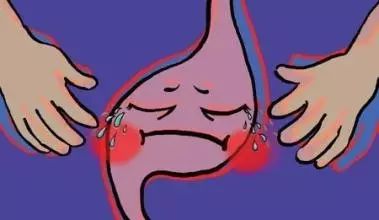
◎ Spleen and Stomach
Spleen Reflex Area: At the tip of the nose;
Stomach Reflex Area: At the wings of the nose, with the depressions on both sides being the duodenum area
1. Pale, bloodless, dry, and cracked lips indicate poor Pi Wei (Spleen and Stomach) function;
2. A red tip of the nose, rosacea, red blood vessels, black spots, or acne indicate poor Pi Wei function;
3. A white tip of the nose, especially pale, indicates Pi Xu (Spleen deficiency) and may lead to anemia. A yellow tip also indicates Pi Xu, with symptoms such as excessive sweating, aversion to wind, fatigue, and poor appetite;
4. A dirty, black, oily nose tip indicates poor stomach function;
5. A red wing of the nose indicates stomach fire, leading to hunger and bad breath. Severe red blood vessels generally indicate gastritis;
6. A grayish-blue wing of the nose indicates stomach cold, and a handshake may reveal cold fingertips, indicating abdominal pain and diarrhea due to wind-cold;
7. Spots or moles in the spleen area may indicate spleen enlargement, while spots and moles in the stomach area may indicate ulcers and other pathological changes.
Stomach pain before meals generally indicates gastritis.
Abdominal pain one to two hours after meals indicates gastric ulcers, with tenderness in the middle or slightly to the left of the abdomen.
Abdominal pain two to four hours after meals indicates duodenal ulcers, with pain located between the ribs near the heart, resembling a needle prick, and severe cases may radiate to the back, with tenderness slightly to the right of the abdomen.
◎ Small Intestine
Reflex Area: Below the cheekbone, towards the inner side
If this area has red blood vessels, acne, spots, moles, or birthmarks, it indicates poor absorption function of the small intestine, often leading to loose stools.
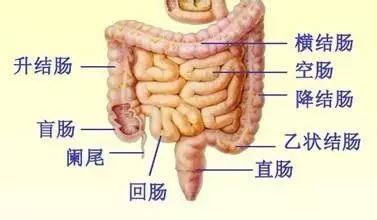
◎ Large Intestine and Rectum
Large Intestine Reflex Area: Below the cheekbone, towards the outer side, from the eyeball to the outer corner of the eye down to the mouth corner
1. If this area has red blood vessels, acne, spots, moles, or birthmarks, it indicates poor excretory function of the large intestine, often leading to dry stools and constipation;
2. If this area has crescent-shaped spots, it indicates constipation or hemorrhoids;
3. A dark red, uneven large intestine area may indicate colitis.
Rectum Reflex Area: At the intersection of the line below the root of the nose and the line down from the outer corner of the eye
4. Spots in this area indicate hemorrhoids; if this area is red or has white spots, it may indicate rectal cancer.
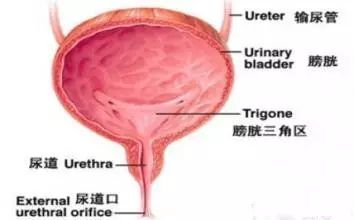
◎ Bladder
Reflex Area: On both sides of the philtrum at the root of the nose
1. If this area is red, with red blood vessels, acne, or sores, it indicates cystitis, which may lead to symptoms such as yellow, frequent urination; cystitis may also cause lower back pain;
2. Wrinkles in the bladder area may indicate kidney atrophy, with red acne indicating inflammation, and later black moles indicating potential pathological changes.
◎ Reproductive System
Reflex Area: Around the philtrum and lips
1. If a woman has moles or birthmarks below her lips, and the kidney reflex area is relatively clean, it indicates a retroverted uterus and lower back pain;
2. If a woman has moles or birthmarks around her lips, and the kidney reflex area is also poor, or if the area around her lips is bluish, dark, or pale, and the kidney reflex area is also poor, it generally indicates frigidity;
3. If there are bumps in the philtrum, it generally indicates uterine disease;
4. If a man has moles or birthmarks around his lips, and the kidney reflex area is also poor, it indicates reproductive system issues;
5. If a man has an uneven upper lip with grooves and vertical lines, it indicates male sexual dysfunction.


